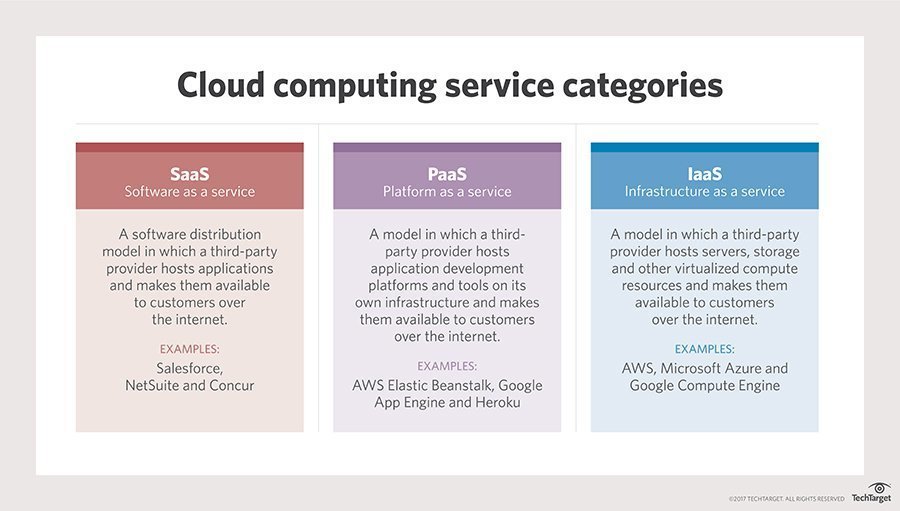Times Interest Earned Ratio: What It Is, How to Calculate TIE
by baraknew
Content

Like most fixed expenses, non-payment of these costs can lead to bankruptcy; hence, the times interest earned ratio is treated as a solvency ratio. It is used to measure how well the company can cover its interest obligations. A higher TIE ratio shows that a company can cover its interest payments and still have room to reinvest. When companies have a low TIE ratio, they are at greater risk of defaulting since their operating income may not be enough to meet their interest expenses. This could indicate a lower profit margin on their products or a too-heavy debt load.
- It doesn’t take into consideration non-operating gains or losses suffered by businesses, the impact of financial leverage, and tax factors.
- A high or increasing ratio means that the company is doing well and will likely keep growing.
- This is an important ratio for stakeholders like creditors and investors to use the ratio to make investment decisions at the right time.
- This is income that we’re getting from our core business, right?
- And if we don’t maintain that well, we could default on our loan that can make our whole loan do right now because we’ve defaulted on that part of the contract.
Use the times interest earned ratio , also known as interest coverage ratio , to make an assessment. It will assist to understand the company’s short term financial health and stability and will allow it to ease the drawbacks more efficiently. The interest coverage ratio is calculated by dividing earnings before interest and taxes by interest expenses or in a nutshell EBIT in the same financial year. Potential lenders Times Interest Earned Ratio: Analysis and Formula or investors can use the interest coverage ratio when deciding whether to give you new lines of credit. The higher the ratio, the better because it means you have enough money to pay for your current loans comfortably. Companies operating in industries that are exposed to a high level of business risk and uncertainty would generally prefer to maintain lower level of financial risk and higher interest cover ratios.
Accounting Topics
A higher interest coverage ratio Indicates more safety to provide to the debt shareholders and also the company is generating more than enough money to pay its interest and strong solvency of the company. Calculating TIE ratio is a breeze―just plug in the two values from your income statement, and there you have it. For a small business owner like the baker, it is a free and quick tool which doesn’t require a professional degree. You can calculate the ratios differently, like using the debt ratio, the debt-equity ratio, and the ratio that we are discussing right now, the time’s interest earned ratio. The outcome of 0.53 means that for every $1 of assets, $0.53 of sales revenue are generated.
- A publicly traded company’s stock price can also be a variable used in the computation of certain ratios, such as the price/earnings ratio.
- Since interest repayments are done on a long-term basis, the Times Interest Earned ratio is seen as a measure of a company’s solvency.
- This formula may create some initial confusion, since you’re adding interest and taxes back into your net income total in order to calculate EBIT.
- The cash ratio determines how many times a company can pay off its current liabilities with its cash and cash equivalents.
- You’d also need to consider a time series of the TIE ratio, meaning that the TIE ratio is taken several times over a certain amount of time (let’s say every three months for two years).
- It is used by both lenders and borrowers in determining a company’s debt capacity.
The higher the ratio, the lower the portion of EBIT that needs to go to interest expenses. The cash ratio determines how many times a company can pay off its current liabilities with its cash and cash equivalents.
How to Calculate the Times Interest Earned Ratio
A 1.4 ratio means the business has enough quick assets to cover current liabilities. When evaluating a business, we want to see that the quick ratio is above 1. A quick ratio below one means that the business does not have enough liquid assets to pay their debts and may be at risk of being insolvent. This ratio of 2.2 is lower than the first calculation of 2.5, but it’s still in a good range—above 2. It means that after you’ve paid off taxes, you https://business-accounting.net/ still have enough earnings to cover your debt payments 2.2 times over. Is a calculation that allows you to examine a company’s interest payments, in order to determine how capable it is of meeting its debt obligations in a timely fashion. Like most accounting ratios, the times interest earned ratio provides useful metrics for your business and is frequently used by lenders to determine whether your business is in position to take on more debt.
Depreciation and amortization are non-cash expenses, and thus, they don’t impact the cash position. There’s no single metric that’s going to tell you everything about the financial condition of your business.
Debt Utilization Ratios
The EBIT figure for the time interest earned ratio represents a firm’s average cash flow, and is basically its net income amount, with all of the taxes and interest expenses added back in. Accounting ratios are used to identify business strengths and weaknesses. When used consistently over time, accounting ratios help to pinpoint trends and provide useful information to business owners and investors about the financial health and stability of a business. The times interest earned ratio provides investors and creditors with an idea of how easily a company can repay its debts. It is important to note, however, that the ratio does have some limitations. The times interest earned ratio is important as it gives investors and creditors an idea of how easily a company can repay its debts.
Saturday’s Supercross Round 6 in Tampa: How to watch, start times, streaming info – motorsports.nbcsports.com
Saturday’s Supercross Round 6 in Tampa: How to watch, start times, streaming info.
Posted: Thu, 09 Feb 2023 19:00:00 GMT [source]
The larger the time interest earned, the more capable the company is at paying the interest on its debt. This Fed study means that the TIE ratio can also predict the probability of overall “default and financial distress” of a business, not only its ability to pay interest on debt obligations. But you can rely on other ratios too that analyze the payment of both interest expense and principal on debt. A good interest coverage ratio is considered when a company pays off the interest expense on its debt obligations to the creditors. The interest coverage ratio is a solvency ratio that gauges the ease with which a company can pay its interest expenses on outstanding debt. A creditor has extracted the following data from the income statement of PQR and requests you to compute and explain the times interest earned ratio for him.
Basic Earning Power (BEP) Ratio
One must find out more than only the definition of interest coverage ratio. Generally, a ratio of 2 or higher is considered adequate to protect the creditors’ interest in the firm.

Recommended Posts
Accounting and Consulting Services for Wineries, Vineyards
April 12, 2024
Adjusted Trial Balance What Is It, Example, Accounting, Purpose
February 12, 2024
A guide to startup costs for a business
October 13, 2023


